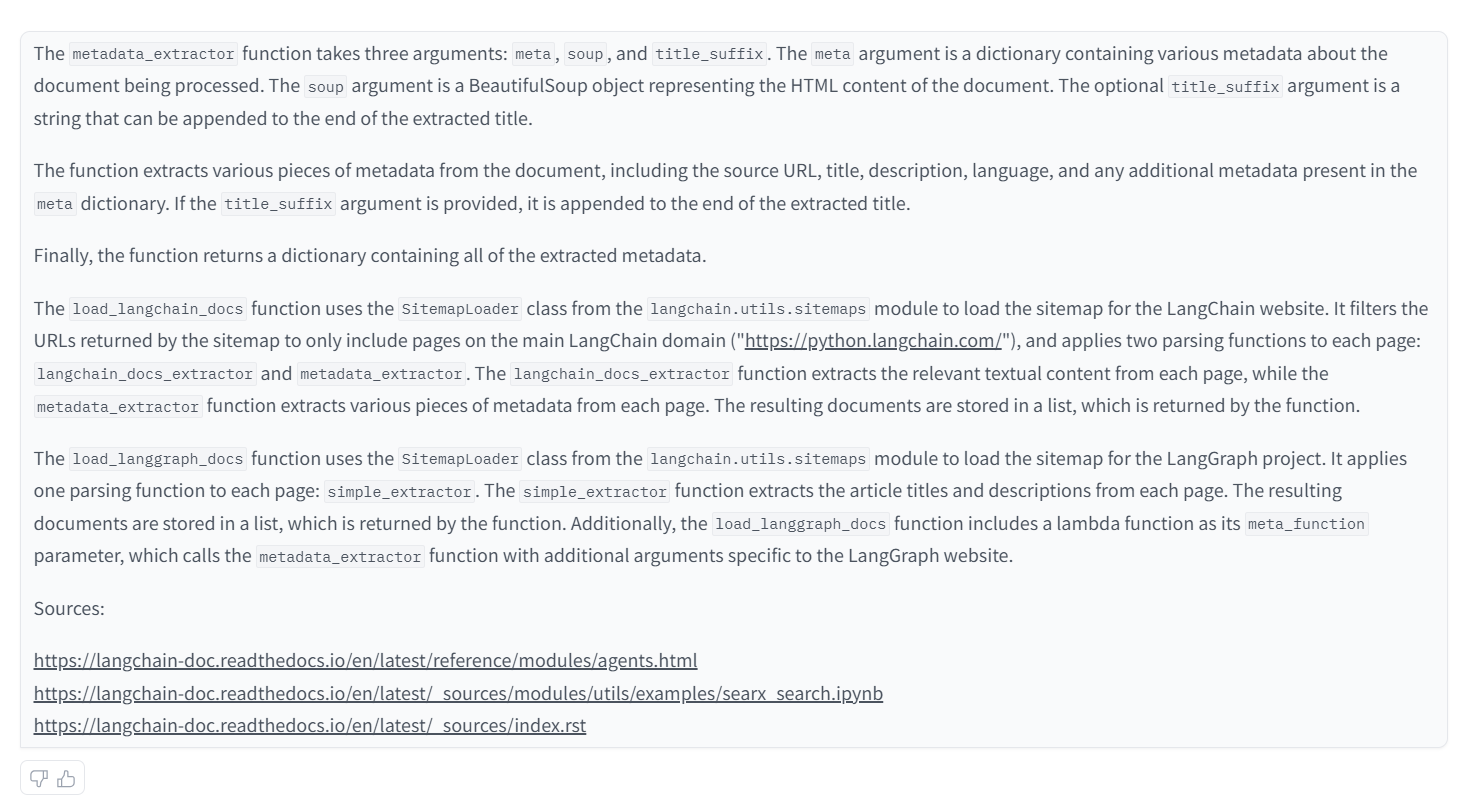Overview
In industries where products and services are complex, accurate and up-to-date technical documentation is critical for both internal teams and customers. However, managing this documentation can be challenging, particularly as organizations grow and product lines become more sophisticated. The need for streamlined access, timely updates, and consistent quality across all documentation is essential to maintain operational efficiency and customer satisfaction.
The AI Technical Documentation Management solution addresses these challenges by automating the creation, organization, and retrieval of technical documentation. Leveraging AI-driven insights and automation, this solution ensures that all documentation is accurate, easily accessible, and consistently updated, reducing the burden on teams and enhancing the user experience.
Challenge
A global manufacturing company with a diverse range of products faced significant challenges in managing its technical documentation. The company’s existing process was manual, time-consuming, and prone to errors, leading to outdated documentation that frustrated both employees and customers. Furthermore, the complexity of their products meant that the documentation required frequent updates, which the company struggled to maintain. This not only slowed down internal processes but also led to increased support requests from customers who couldn’t find the information they needed.

Solution
The company implemented the AI Technical Documentation Management solution to streamline and automate its documentation processes. Here’s how the solution addressed their challenges:
- Automated Documentation Creation:
The platform utilized AI to automate the creation of technical documentation, generating accurate and detailed content based on product data, user feedback, and historical documentation. This significantly reduced the time and effort required to produce high-quality documentation. - Real-Time Updates and Management:
The AI-powered system continuously monitored product updates and automatically incorporated these changes into the documentation. This ensured that all documentation remained current and accurate, reducing the risk of errors and outdated information. - Advanced Search and Retrieval:
The platform’s AI-driven search capabilities allowed users to quickly find relevant documentation, even for complex queries. The system understood context and provided precise, actionable information, significantly reducing the time spent searching for answers. - Consistent Quality Across Documentation:
By standardizing the documentation process, the AI-powered solution ensured that all documents adhered to the company’s quality standards. This consistency improved the user experience and reduced the need for extensive revisions and quality checks. - Integration with Existing Systems:
The AI-Powered Technical Documentation Management system seamlessly integrated with the company’s existing product lifecycle management (PLM) and customer relationship management (CRM) systems. This ensured that all relevant data was captured and reflected in the documentation, enhancing accuracy and relevance.
Results
The implementation of the AI-Powered Technical Documentation Management solution delivered significant benefits to the manufacturing company:
- 40% Reduction in Documentation Creation Time:
By automating the creation process, the company was able to produce documentation 40% faster, allowing teams to focus on more strategic tasks and reducing time-to-market for new products. - 56% Faster Access to Information:
The advanced search capabilities reduced the time employees and customers spent searching for documentation by 50%, improving efficiency and satisfaction. - 67% Decrease in Support Requests:
With more accurate and up-to-date documentation readily available, the company experienced a 30% reduction in customer support inquiries related to finding or understanding product information. - Always Up-to-Date Documentation:
The system automatically updated documentation in real-time as products evolved, ensuring that all information remained current and accurate without manual intervention. - Multilingual Support:
The AI-powered platform provided multilingual documentation, allowing the company to support global teams and customers more effectively, reducing language barriers and improving accessibility. - Higher Quality Documentation:
The AI-driven standardization process resulted in higher quality documentation that was clearer, more accurate, and better suited to the needs of both internal teams and customers. - Consistent Documentation Across Teams:
By centralizing and automating the documentation process, the company ensured that all teams had access to consistent, standardized information, reducing discrepancies and enhancing collaboration. - Faster Deployment:
The streamlined documentation process enabled quicker deployment of new products and updates, enhancing the company’s ability to respond to market demands. - Personalized Explanation and Guidance:
The system provided personalized explanations and guidance tailored to the needs of different users, improving the overall user experience and ensuring that both employees and customers could easily understand complex information. - 25% Increase in Employee Productivity:
Automated documentation processes freed up employees to focus on higher-value tasks, resulting in a 25% boost in overall productivity. - 35% Reduction in Documentation Errors and Rework:
The standardization and automation of documentation processes minimized human errors, reducing the need for revisions and rework. - Improved Compliance with Industry Standards:
The solution ensured that all documentation met industry-specific standards and regulatory requirements, reducing the risk of non-compliance. - Scalable Solution for Growing Needs:
As the company expanded its product lines, the AI-powered solution scaled effortlessly, managing increased volumes of documentation without additional manual effort.
- 40% Reduction in Documentation Creation Time:

Conclusion
The AI Technical Documentation Management solution proved to be a transformative asset for the manufacturing company. By automating the creation, management, and retrieval of technical documentation, the company was able to improve the quality and accessibility of its documentation, reduce support requests, and enhance overall operational efficiency.




